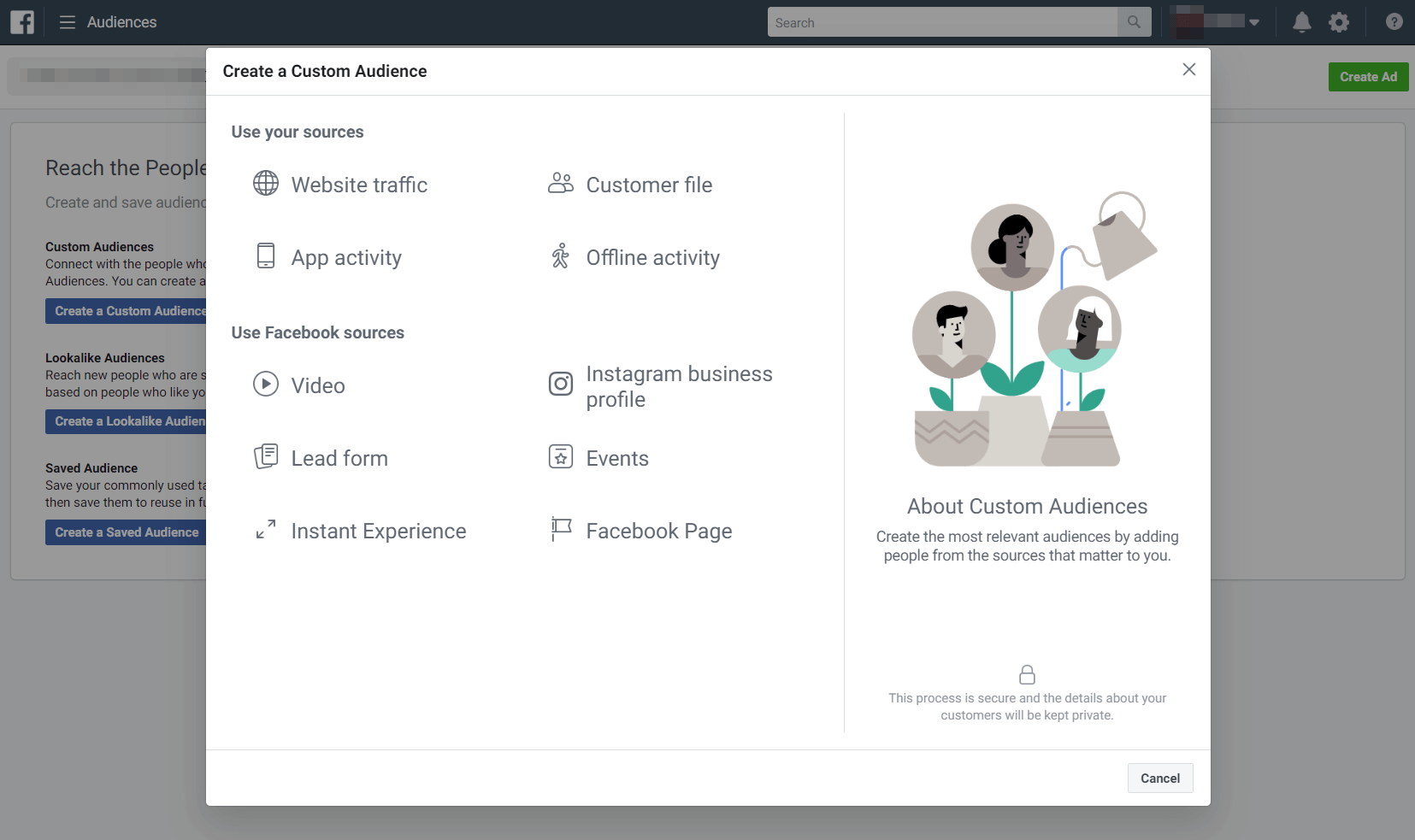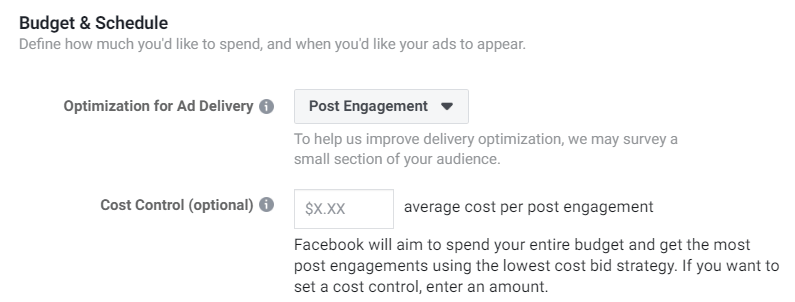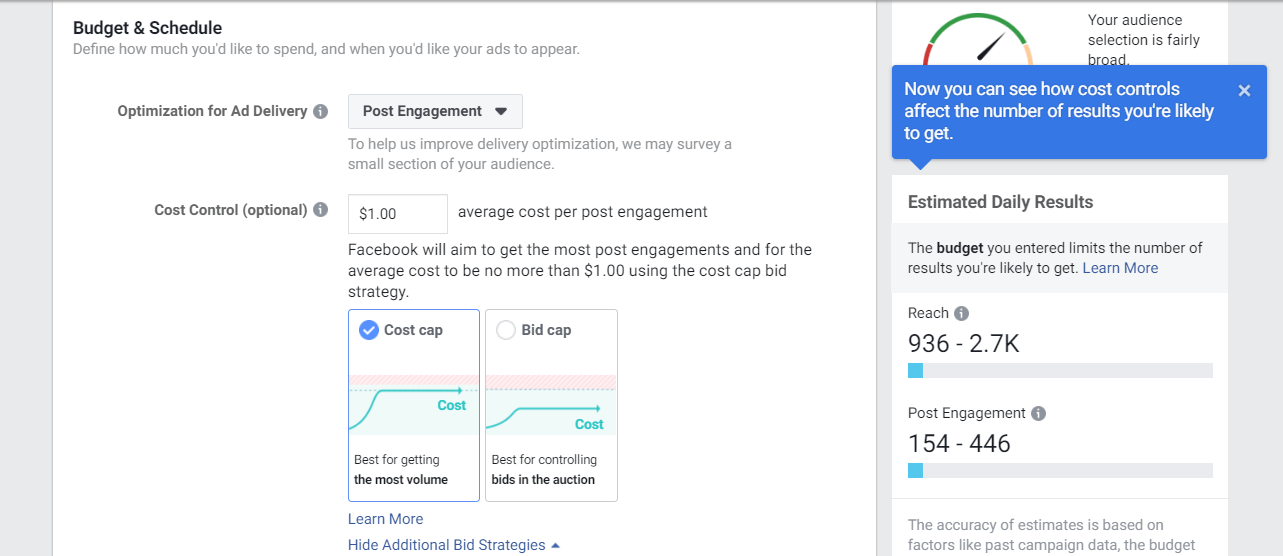Despite its advancing age, Facebook is still a giant in the social media world. For online marketers, it’s particularly notable thanks to its robust advertising system. However, Facebook now offers so many options through the Facebook Ads Manager that it can be difficult to cut through the clutter.
If you’ve been using Facebook advertising on autopilot for years, you may not be taking advantage of its more effective features. Over the last few years, the platform has rolled out plenty of changes to the way users can create and track their ads. Staying up-to-date on these developments is a smart way to maximize the results from each advertising dollar.
In this post, we’ll talk about the benefits of Facebook advertising. Then we’ll take a look at three of the more recent additions to the Facebook Ads Manager. Let’s jump right in!
Why Facebook advertising is still worth your time
It’s not uncommon to see advice online that suggests you should ditch older social platforms in favor of newer ones. Of course, there’s certainly plenty of benefit to establishing an active presence on platforms like Snapchat and Instagram. However, this doesn’t mean Facebook has passed its prime.
There are still over 1.5 billion daily active users on the platform, and about 2.4 billion monthly active users. In other words, the audience on Facebook is massive and highly engaged. It’s also a platform that reaches a wide range of demographics, making its mark with various ages, genders, and so on.
Plus, it’s no secret that advertising on Facebook can be especially beneficial. Here are a few stats to illustrate the point:
- 30% of senior US ad buyers report Facebook as offering the highest digital ad spending Return on Investment (ROI), higher than any other social platform.
- Ads are viewed more and more widely on the platform – in 2018, for example, ad impressions increased by 21%.
- Mobile ads are particularly effective, with mobile add revenue increasing by 50% in 2018 alone.
If you want to get the most out of your advertising budget, Facebook is an excellent option. Its barriers to entry are low, yet its Ads Manager offers a wide range of customization options and business-friendly features. Plus, the developers release new functionality on a regular basis. This means it’s very possible to evolve your Facebook advertising strategy over time.
Three key features of the Facebook Ads Manager
Whether you’re new to Facebook advertising or have been using it for years, it’s easy to fall into the trap of using outdated strategies. Staying on top of more recent developments to the Facebook Ads Manager system is key for using it effectively.
With this in mind, we’re going to review three of the key developments in Facebook advertising. Each of these features and options can play a key role in your marketing strategy on the platform.
1. Engagement custom audiences
The massive size of a platform like Facebook has its pros and cons. There’s a huge potential audience, but finding the right people and getting your content in front of them can be challenging.
To deal with this problem, the Facebook Ads Manager has long offered a ‘custom audiences’ feature. You’re able to define the target audience for your ads based on their characteristics and activities. More recently, this includes various engagement-related options, which you can see by navigating to Audiences > Create a Custom Audience in your Ads Manager:


Here, you can build custom audiences that are made up of users who have engaged with your Facebook content in particular ways. You can target those who have watched your videos, interacted with your business page, showed interest in your events, and more:


This is an excellent way to cut through all the noise on Facebook and cultivate an audience of dedicated customers or fans. You can focus your ad budget on people who have already demonstrated an interest in your business, which enables you to get the most out of your spending.
Plus, by building a variety of custom audiences, you can create and target ads separately for those who are familiar with your business and those who aren’t. For each new ad campaign, you’ll want to consider putting together a unique custom audience made up of the Facebook users who are most likely to convert.
2. Cost control options
Next, let’s look at one of the newest additions to the Facebook Ads Manager. Rather than helping you design or target ads, this one is all about controlling the costs of your campaigns.
First, let’s review how ad pricing works on Facebook. The platform manages ad placement and spending via a feature called an ‘ad auction’. When you create an ad, it goes through the following process:
- You choose a maximum ad budget, which keeps your spending under control.
- You’ll also set a bid for the ad itself, which is the amount you’re willing to pay for each view or click.
- This goes into a massive database, which selects what ads to display based on their bids and performance.
This is already a pretty robust system. Still, it’s received some updates over time to refine the way it works. For instance, there’s now a flexible ‘cost control’ option, which you’ll see when creating a new ad:


With this option, you can make the most out of your budget. Cost control indicates the average cost you’re looking to spend per ad engagement. In other words, it lets the platform know what kind of results you’d like to focus on, rather than just encouraging the most results for the lowest bids.
After setting your cost control, you’ll see how it affects the number of results you’re likely to get. You can also select from a ‘cost cap’ or ‘bid cap’ bidding strategy:


Bid caps are useful if you’re on a tight budget since they’ll ensure that your bids stay at or below your cost control. In contrast, cost caps are more flexible since this aims for the average cost of your bids to remain at your chosen cost control setting.
The feature gives you a lot more control over how your ad budget is used. In addition, it lets you choose whether you’ll try to reach a broader audience or focus in on encouraging maximum conversions.
3. The Delivery View feature
Once you’ve created an ad, determined a budget, and set it loose into the world, the hard work can begin in earnest. After all, effective advertising isn’t a ‘set it and forget it’ game. It’s vital to track your ads’ performance over time, both during and after each campaign.
This means keeping an eye on various analytics related to your Facebook ads. You’ll want to know how many views, clicks, or other types of engagement each ad attracted. Plus, you’ll need to understand how these results relate to your costs. With this information, you can improve both current and future campaigns, tweaking them to increase their effectiveness.
The Facebook Ads Manager has always displayed key statistics. These include the reach, impressions, and cost per result for each ad campaign:


However, there’s an additional section of the Ads Manager for more detailed analytics information. You can access a Delivery View for each ad set, which will offer crucial information such as:
- How your chosen bid strategy is affecting your overall costs
- The performance of your ads in the ad auction
- How often your target audience is being exposed to your ads
These details work together to provide a big-picture view of your ad campaigns. They’ll help you understand the relationship between your budget, bid strategy, chosen audience, and so on. Keeping an eye on these analytics and how they interact will be key to creating more effective Facebook ads moving forwards.
Conclusion
Facebook is still one of the best places for advertising to your online audience. It’s easy to get started with and use and provides a lot of control over your ads’ style and performance. What’s more, there are always new and improved ways to better target your ads and track their results.
Three more recent additions to the Facebook Ads Manager that are worth checking out include:
- Engagement custom audiences: This enables you to put your ads in front of the Facebook users who are most interested in what you have to offer.
- Cost control options: You now have more flexibility over how your budget is used, and can choose between two different bidding strategies.
- The Delivery View feature: With this new analytics information, you’re better able to track your ads’ performance and make improvements over time.
What do you think are the most useful features of Facebook Ads Manager? Share your thoughts with us in the comments section below!
The post How 3 Key Features of the Facebook Ads Manager Can Improve Campaign Results appeared first on Revive Social.